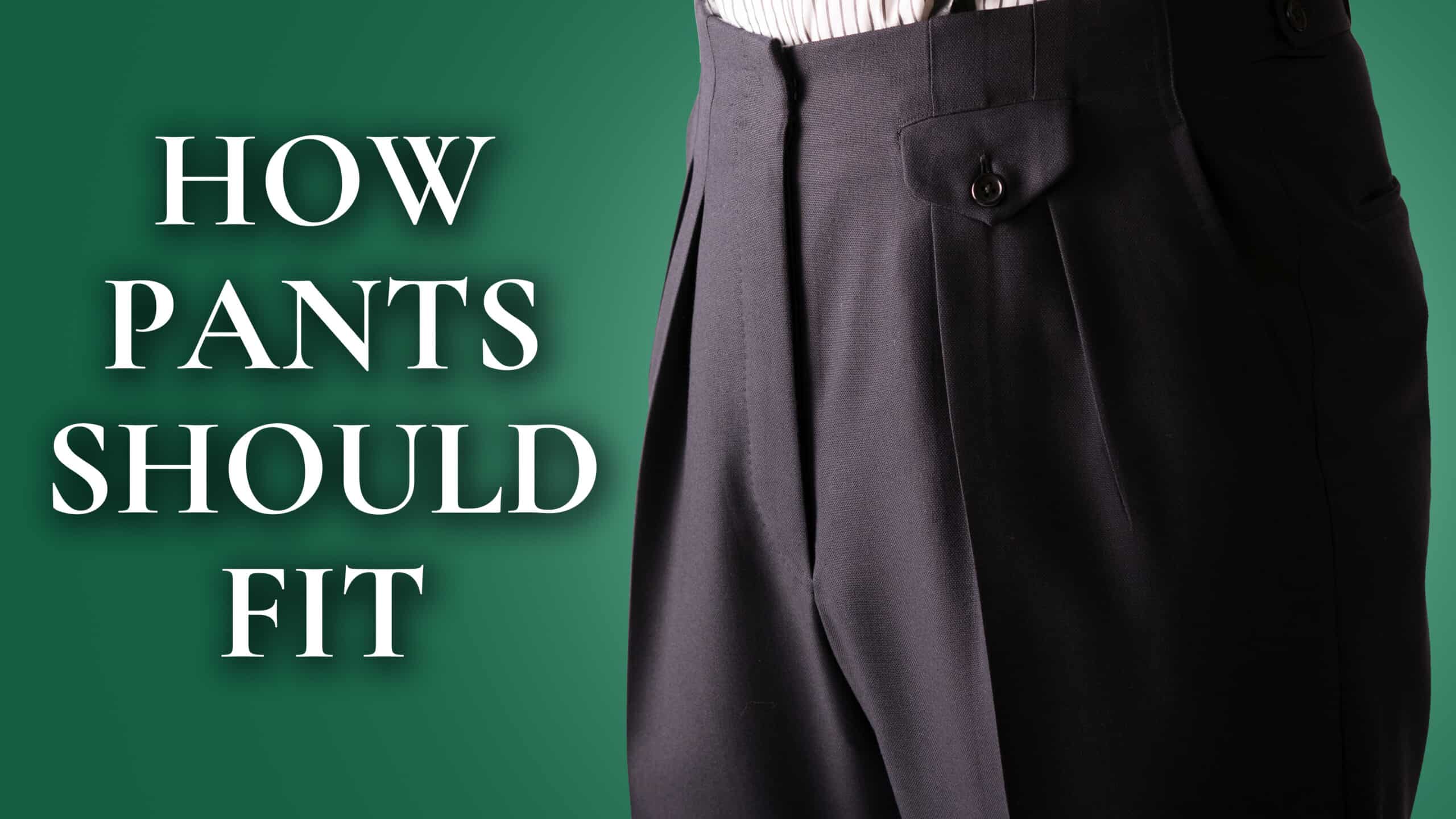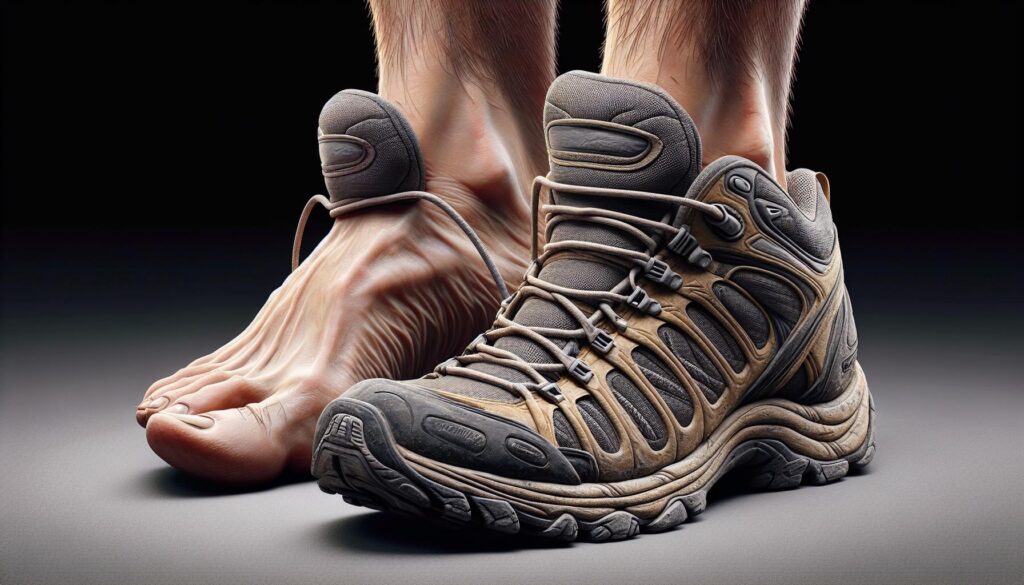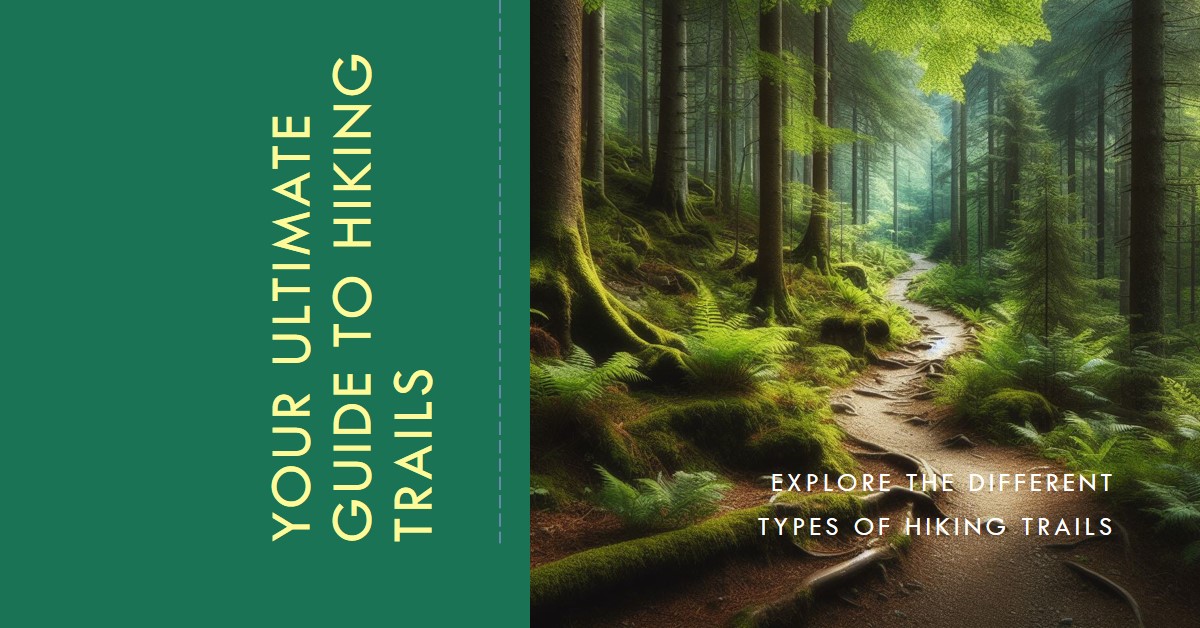Hiking shoes should fit snugly but not too tight for optimal comfort and support. Hiking shoes play a vital role in providing stability, grip, and protection to your feet during outdoor adventures.
To make the most of your hiking experience, it’s crucial to wear the right footwear that fits properly. Many people wonder whether hiking shoes should be tight or loose. The answer lies in finding the right balance. Hiking shoes should fit snugly, providing support and preventing your feet from moving around inside the shoes.
However, they should not be too tight, as this can lead to discomfort, blisters, and restricted blood flow. We will explore the importance of finding the perfect fit for your hiking shoes and discuss how to achieve it.
Table of Contents
The Role Of Fit In Comfort And Performance
Finding the perfect fit for hiking shoes is crucial for comfort and performance on the trails. Ill-fitting shoes can have a significant impact on your hiking experience. When your shoes are too tight, they can cause discomfort, blisters, and hot spots, leading to pain and aching feet.
On the other hand, if your shoes are too loose, your feet may slide around inside, resulting in instability and potential injuries. Comfortable hiking shoes are essential to prevent foot fatigue and keep you going for longer distances. They should provide adequate support, have a secure heel lock, and allow your toes to move freely.
Remember, a good fit also ensures optimal performance by providing the right amount of traction and control over different terrains. So, whether you prefer a snug or roomier fit, always prioritize comfort to fully enjoy your hiking adventures.
The Debate: Should Hiking Shoes Be Tight Or Loose?
Hiking shoes that are too tight can cause discomfort and even lead to blisters and foot pain. However, excessively loose-fitting shoes may result in inadequate support and potential injuries. When determining shoe fit, several factors should be considered. The toes should have some wiggle room, but not too much.
It’s crucial to find a balance between a secure fit and sufficient space for natural foot movement. Tight-fitting shoes offer better stability and prevent slipping, especially on rocky terrains. On the other hand, loose-fitting shoes provide better breathability and may be more suitable for longer hikes in warmer climates.
Personal preferences and the type of terrain should also be taken into account when deciding between tight and loose hiking shoes. Ultimately, it’s important to prioritize comfort, support, and protection to fully enjoy the hiking experience.
Assessing Your Foot Type And Size
Understanding your foot anatomy and its relationship to shoe fit is crucial when assessing your foot type and size. Determining your correct shoe size is the first step in finding the ideal fit for your hiking shoes. Proper shoe fit is significant for both comfort and performance during hikes.
It is recommended to avoid shoes that are too tight or too loose, as they can lead to discomfort, blisters, and even injuries. A snug fit is essential to provide support and stability, while still allowing sufficient room for toe movement.
Assessing the width, arch type, and length of your foot can help determine the right size and fit for hiking shoes. Consulting with a professional at a specialized shoe store can further assist in finding the perfect fit for your unique foot type.
Trying On Hiking Shoes: Tips For The Perfect Fit
Finding the perfect fit for your hiking shoes is crucial. Start by checking the room in the toe box to ensure comfort. Make sure the heel hold is secure and comfortable for long hikes. Another key factor is the overall comfort of the shoes.
Use different lace-up techniques to customize the fit according to your feet. These techniques will help avoid any discomfort during your hiking adventures.
Sizing Considerations: Factors To Keep In Mind
There are several factors to consider when it comes to sizing hiking shoes. Each brand may have variations in size, so it’s essential to measure your feet accurately. Additionally, the thickness of your socks can impact how a shoe fits.
You want to ensure that your shoes are neither too tight nor too loose. Tight shoes can cause discomfort and blisters, while loose shoes can lead to instability and foot sliding. It’s crucial to find the right balance for a comfortable and supportive fit.
When trying on hiking shoes, pay attention to how your feet feel and ensure there is enough space for natural movement without excessive slipping. Taking these factors into account will help you find the perfect fit for your hiking adventures.

Credit: www.gentlemansgazette.com
Breaking In Your New Hiking Shoes
Hiking shoes should fit comfortably, neither too tight nor too loose. When breaking in new hiking shoes, it’s essential to remember the process takes time. Gradual wear allows the shoes to adapt to your feet, preventing discomfort and blisters. To prevent blisters during the break-in period, follow these tips.
Firstly, wear the shoes for short periods and gradually increase the duration. Secondly, use moleskin or blister prevention patches on areas prone to friction. Thirdly, wear moisture-wicking socks to keep your feet dry. Fourthly, lace your shoes properly to ensure a secure fit.
Fifthly, consider using hiking shoe liners or insoles for added cushioning. Lastly, give your feet enough rest and recovery time between hikes. By following these guidelines, you can break in your new hiking shoes comfortably while minimizing the risk of blisters.
Regular Maintenance For Long-Lasting Comfort
Hiking shoes should provide a snug fit to ensure proper support and prevent discomfort. Regular maintenance is crucial for extending their lifespan. Cleaning techniques can help keep shoe materials in good condition. Inspecting and replacing worn-out insoles and laces is important.
By following these practices, your hiking shoes will continue to provide the long-lasting comfort you need on your outdoor adventures. Remember to clean them regularly to prevent dirt and debris from damaging the materials. Additionally, check for any signs of wear and tear, and replace any worn-out parts promptly.
By taking good care of your hiking shoes, you can enjoy many more comfortable hikes in the future.
Adjusting Fit As Needed: Solving Common Fit Problems
Hiking shoes should fit snugly but not too tight, allowing room for movement and preventing blisters. Adjust the fit to solve common problems like tight or loose areas. To deal with tight spots, try loosening the laces a bit or using thinner socks.
For loose areas, tighten the laces or wear thicker socks. When hot spots or pressure points arise, use moleskin or padding to alleviate discomfort. It’s important to find the right balance, as overly tight shoes can restrict blood circulation, while loose shoes may cause instability.
By addressing these fit issues, you can enjoy a comfortable and blister-free hiking experience.
Frequently Asked Questions On Should Hiking Shoes Be Tight Or Loose
Are Tight Hiking Shoes Better For Stability?
Tight hiking shoes provide better stability as they prevent your foot from sliding inside the shoe. This helps you maintain balance on uneven terrain and prevents sprains or twisted ankles. However, avoid excessively tight shoes that restrict blood flow and cause discomfort.
Are Loose Hiking Shoes More Comfortable?
Loose hiking shoes offer more comfort as they allow your foot to breathe and flex naturally. They reduce friction and potential hotspots, preventing blisters and discomfort during long hikes. However, be cautious of shoes that are too loose, as they may cause your foot to slide, leading to instability and potential injuries.
How Should Hiking Shoes Fit?
Hiking shoes should provide a snug fit, with enough space for your toes to wiggle and flex. They should feel secure, with no slipping or squeezing. Walk around wearing the shoes to ensure they don’t cause any discomfort. This ensures optimal performance and minimizes the risk of foot-related issues during hikes.
Conclusion
To ensure maximum comfort and safety while hiking, it is crucial to pay attention to the fit of your hiking shoes. And the question of whether hiking shoes should be tight or loose is a common one among hikers. Based on expert advice and personal preferences, it is clear that striking a balance is key.
Hiking shoes that are too tight can cause discomfort, pinch the feet, and result in blisters, while shoes that are too loose can lead to instability and the risk of sprains. It is recommended to have a snug fit that allows for wiggle room for your toes.
This ensures proper support, prevents your feet from sliding around, and minimizes the chances of injuries. Ultimately, the ideal fit may vary depending on individual foot shape and hiking conditions. So, take the time to try different sizes and styles to find the perfect fit for your hiking adventures.
Remember, comfort and functionality should always guide your shoe selection process.














